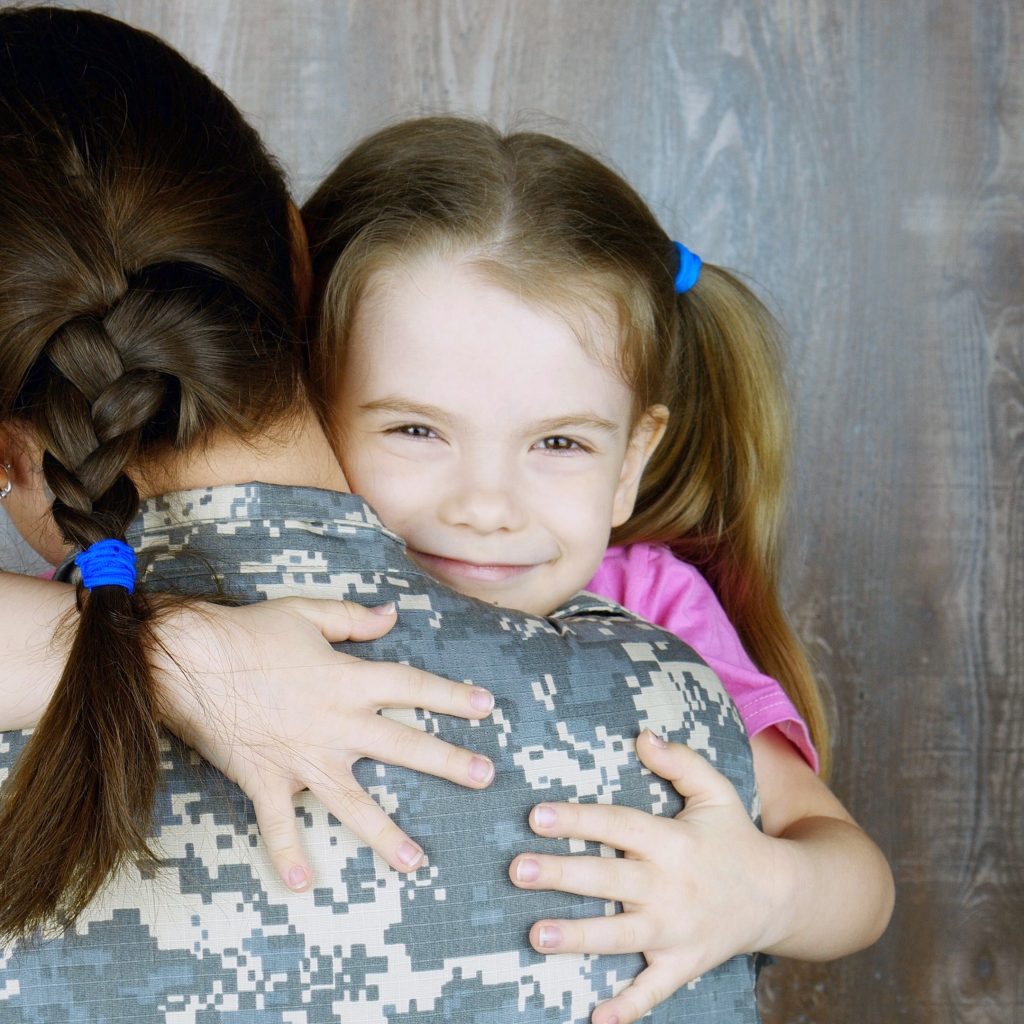By Francessca Reynoldson – Advice and Referral Officer, SENDIASS
The return to school after a long break can be daunting at the best of times, but as many children
return to school for the first time since March, pupils and parents are likely to be particularly
apprehensive.
As a result of the unprecedented circumstances this year, it is more important than ever to support
our children through the coming weeks and months; helping them to adapt to their new school
environments to protect their long-term well-being.
As we begin a gradual return to life outside of our homes in a changing world, it is important to
note that it will take time for our children to adjust to their new environments. We hope that our ‘Top
5 Tips’ detailed below will allow the transition process back to school to be much smoother for all
involved.
Discuss New Changes

- Have an open and honest discussion with your child. Talk to them about what they are expecting and what they should expect so that there are no surprises when they return.
- Provide your child with as much information as you can about their new routine and the changes that they may see on the first day back. Changes may include a new classroom layout, restrictions on laytime activities and the implementation of new hygiene routines.
- If possible, you could show your child photographs of their new teacher and the classroom, in order to familiarise them with their new surroundings – this can help them to feel safe and secure.
Talk About Their Worries or Fears

It is normal for your child to feel nervous about going back to school, and they can sometimes
struggle to express their emotions. Let your child know that what they are feeling is normal and that
their friends will probably be feeling the same way too.
- Create a supportive and nurturing environment for your child and let them know that they can come to you with any questions they may have and that you will answer their questions truthfully.
- Help your child to identify their concerns by asking them what they are worried about and try to come up with solutions together on how to minimise their worries. For example, your child may be worried about having to be physically distanced from their peers and teachers whilst in the classroom – you could discuss with your child other ways to stay connected whilst maintaining a safe distance.
We cannot always solve every worry that our child has, but simply making them feel that
they are supported and that they are safe can provide them with the reassurance they need.
Re-Establish a Routine

Understandably, family routines may have been somewhat abolished with the ever-changing rules
and legislations being implemented. Bedtimes have most likely shifted until later in the evening and as a result, children are waking later in the morning. Suddenly having to be back in school for
9 am could be a significant challenge!
- After 6 months out of school for some pupils, establishing new morning and evening routines will help your child know what to expect. Providing your child with structure and predictability can be incredibly useful during these times of uncertainty. So, start creating a sense of routine now by moving your child’s bedtimes back towards normality. This will provide them with plenty of time to re-adjust.
- Their new routine could be supported using visual timetables and award charts, offering children spaces to tick off each aspect of their day that they achieve.
The more your child can anticipate what is to come, the better prepared they will be to face
their new daily challenges and the more relaxed the first day back will be.
Talk About the Things They Can Control

Ensure you discuss with your child the safety measures that will be in place to keep both themselves
and their teachers safe and healthy. For example, hand sanitising stations and the possibility of
members of staff wearing masks or visors. Also, discuss with your child that if they start to feel like
they have a cough or a fever, they must tell their teacher or a member of staff at their school.
- Highlight to your child that they need to help prevent the spread of germs by coughing or sneezing into their elbow and washing their own hands regularly, particularly after visiting the toilet, and before eating their lunch.
- Help your child to focus on the aspects of their new school life that they can control, such as hand-washing, packing their school bag and making plans for the weekend, as opposed to the things that are out of their control.
A sense of control can reduce their fear.
Focus on the Positives

Most importantly, it is essential to talk to your child about the positives of returning to school.
Prior to school staring, you can ask “What are you most looking forward to on your first day back?”
Or “Who are you excited to see at school?”.
- Motivating your child to focus on the things that they are looking forward to will aid in the transition process, whilst providing them with a sense of excitement to walk back through the school doors again. They could be excited be to see their friends and teachers, to be able to finally leave the house or to have the opportunity to learn new things. Get your child to make a list of the 3 things they are looking forward to most.
We wish you all the best of luck upon your child’s return to school! Stay safe.
If you require additional support during these new and challenging times, please visit the SENDIASS website.






